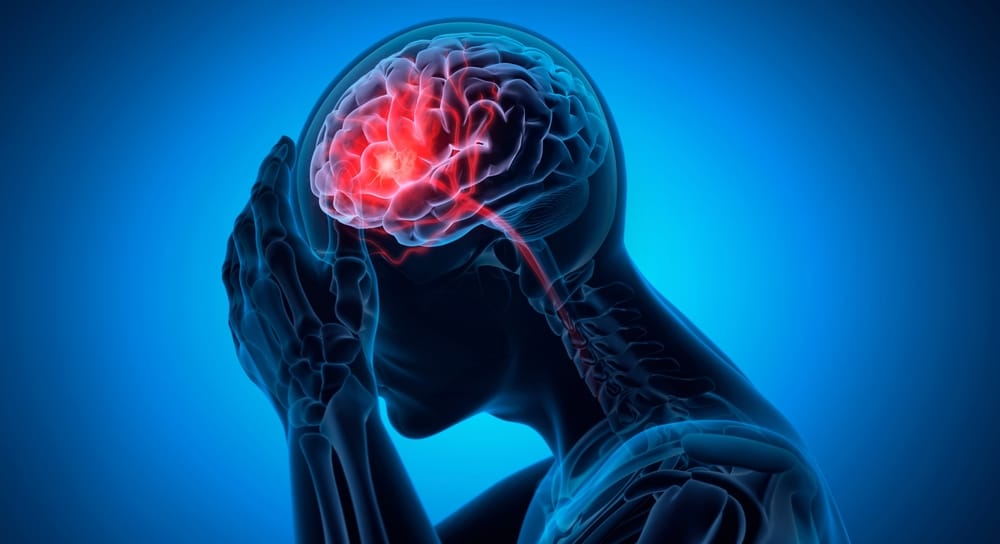Recognizing stroke: key signs and symptoms

A stroke occurs when a blood vessel supplying oxygen and nutrients to the brain becomes blocked or bursts. This interruption of blood flow damages or destroys brain tissue, which can lead to long-term disability, brain damage, or even death.
Symptoms of a stroke can include sudden numbness or weakness, confusion, trouble seeing or walking, and a severe headache without a known cause.
There are two main types of stroke: ischemic and hemorrhagic. Ischemic strokes, which are the most common, occur when blood flow to the brain is blocked by a clot or debris. Hemorrhagic strokes happen when an artery leaks blood into the brain.
In men, high blood pressure (hypertension) is a major risk factor for stroke. Other risk factors include low physical activity, excessive alcohol intake, obesity, diabetes, and smoking.
For women, hypertension is also a significant risk factor. Additional risks include depression, high blood pressure during pregnancy, and the use of certain birth control pills.
Treatment for stroke is most effective when it is recognized and treated within the first three hours of symptom onset. The FAST test—checking for facial drooping, arm weakness, speech difficulties, and time to call emergency services—is a simple way to help identify a potential stroke.
The Boom Health app provides trusted, vetted caregivers that can help meet your loved one’s specific needs. You can have peace of mind knowing that someone is always watching you or your loved one, offering support, and assisting with daily activities. If you are interested in booking care for you or your loved one, download the Boom Health app on the App Store or Google Play Store.
This article is not intended to be a substitute for professional medical advice or diagnosis. Always seek the advice of your physician or another qualified health provider with any questions you may have regarding a medical condition.




